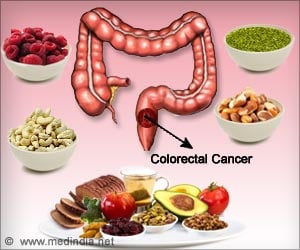Sirtuin enzyme (Sirt2) may be a key player in regulating hepatic glucokinase and a potential therapeutic target for type 2 diabetes.
- Sirtuin enzyme (Sirt2) may be the key cause in hepatic glucokinase.
- It may be a potential therapeutic target in type-2 diabetes treatment.
- Hepatic glucokinase refers to abnormalities in glucose uptake by the liver
A sirtuin enzyme (Sirt2) has been identified as a key player in regulating hepatic glucokinase or hepatic glucose uptake (HGU) through modifying glucokinase regulatory protein (GKRP), suggesting that this mechanism offers a potential therapeutic target for type 2 diabetes. This is the claim of a recent research led by Hiroshi Inoue from Kanazawa University, Ishikawa, and collaborators from the National Centre for Global Health and Medicine, Tokyo.
Glucokinase in normal and diabetic cells
In normal cells, glucokinase binds to glucokinase regulatory protein (GKRP) in low glucose conditions, while the two proteins dissociate in response to elevation of glucose levels. In cells derived from diabetic mice, however, this desolation does not take place even under high glucose concentrations. In the current study, the researchers were able to reverse this perturbation by overexpressing Sirt2 and showed that Sirt2 can regulate the dissociation by directly binding to GKRP and deacetylating it (at residue K126) in a NAD+-dependent manner.
The researchers also performed experiments in mice and found that expressing a form of GKRP that could not be acetylated perturbs HGU, suggesting that acetylation of GKRP is involved in HGU and the maintenance of normal glucose levels. Furthermore, the researchers found that a decrease in NAD+-dependent Sirt2 activity and defective Sirt2-dependent deacetylation of GKRP were responsible, at least in part, for the HGU abnormality observed in obese diabetic mice.
Overall, the results indicate that NAD+ and Sirt2 regulate HGU and that Sirt2 acts through deacetylating GKRP. The authors conclude that "these findings suggest that NAD +/Sirt2-dependent GKRP deacetylation regulation plays an important role in HGU control and that this regulation is a novel therapeutic target in type 2 diabetes and obesity and is responsible for HGU impairment."
References:
- Hitoshi Watanabe, Yuka Inaba et al. Sirt2 Facilitates Hepatic Glucose Uptake by Deacetylating Glucokinase Regulatory Protein, Nature Communications doi:10.1038/s41467-017-02537-6
















